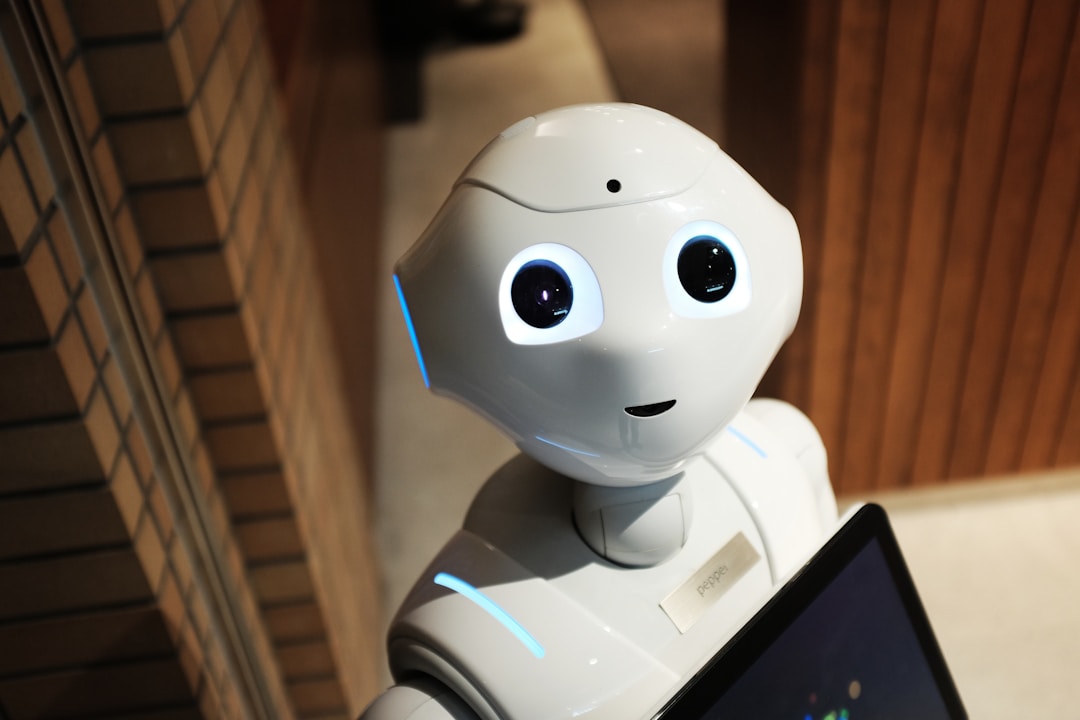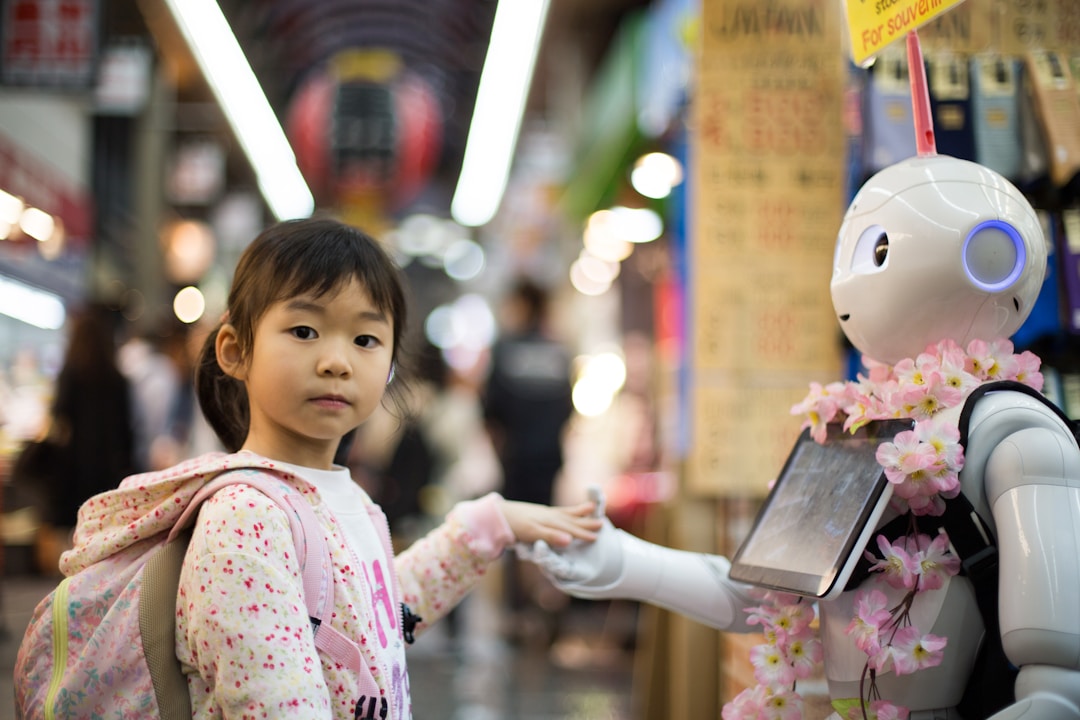Tapping Into the Potential of AI With Humanized Chatbots
In the realm of digital communication, Artificial Intelligence (AI) has revolutionized how businesses interact with their customers through an AI chatbot. This AI-powered digital assistant is designed to mimic human conversation, offering a level of interaction and personalized service previously unattainable by traditional automated systems. The melding of AI’s computational power with the nuanced understanding of human conversation creates a synergy that can enhance engagement, streamline customer service, and drive business growth. Keep reading to discover how this technology is shaping the future of customer interaction.
Understanding the Synergy Between AI and Humanized Chatbots

At first glance, AI and humanized chatbots might appear at opposite ends of the interaction spectrum. While AI operates on algorithms and data analysis, humanization infuses personality and empathy into the AI framework. This synergy is crucial for the development of chatbots that not only understand user requests but also respond in a manner that feels personal and contextual.
AI drives the conversational capabilities of these chatbots, enabling them to parse complex queries and access vast information databases instantly. However, these interactions can feel cold and mechanical without a layer of humanization. Melding AI’s efficiency with human-like interactions creates a more natural and engaging user experience.
Developers tap into machine learning to teach AI systems about human dialogue, incorporating variations in slang, colloquialisms, and humor. By adopting these intricacies of human communication, AI-powered chatbots deliver more accurate and contextually appropriate responses, increasing user usability and acceptance.
Yet, the real magic happens when these AI systems can learn from each interaction. Over time, they adapt to individual user preferences, creating the illusion of a conversation with a being that remembers past interactions and can anticipate needs, much like a human would.
Enhancing Customer Experience with AI-Driven Humanized Chatbots

The primary goal of an AI-driven humanized chatbot is to enhance the customer experience. As the first point of contact, these chatbots offer immediate assistance, reducing wait times and providing 24/7 support. This is particularly beneficial in handling common queries that can be resolved quickly without human intervention, allowing customer service teams to focus on more complex issues.
Humanized chatbots also cater to the growing demand for personalized service. By analyzing customer data and previous interactions, they can tailor conversations to the individual, making recommendations or offering solutions based on user history. This personalized approach improves customer satisfaction and can increase the likelihood of upselling products or services.
An emphasis on customer experience extends to the intuitive nature of these chatbots. They are designed to recognize when a customer’s query becomes too complex, seamlessly transferring the conversation to a human representative. This prevents frustration and maintains the quality of service, ensuring that the customer always feels heard and assisted.
Moreover, through consistent and friendly interactions, AI-driven humanized chatbots foster brand loyalty. They act as ambassadors of the brand’s voice and values, engaging with customers to establish trust and a sense of community around the brand.
Leveraging Natural Language Processing for Smarter Conversations
Natural Language Processing (NLP) technology allows chatbots to understand and interpret human language accurately. By leveraging NLP, developers can train chatbots to recognize speech patterns, discern intent, and comprehend a wide range of linguistic nuances. This leads to smarter conversations where the chatbot can effectively mimic human-like responses.
Incorporating NLP also enables chatbots to handle a variety of dialects and translate languages, breaking down communication barriers that might have restricted customer access to support. Through ongoing conversations, these AI systems continue to refine their language models, improving their ability to engage meaningfully with users.
However, the sophistication of NLP extends beyond mere language translation. Understanding the sentiment behind words and phrases opens the door to more empathetic and considerate responses. When chatbots can gauge the mood of the conversation, they can adjust their tone accordingly, often diffusing situations that might escalate with a less responsive system.
This capacity to contextualize language sees AI-powered chatbots becoming more intelligent with each interaction. They begin to predict user needs and can provide proactive support, such as reminding users of a renewal or suggesting solutions based on past preferences.
Overall, integrating AI and humanized chatbots transforms customer service by providing faster, more personalized interactions. As technology advances, these chatbots will become smarter, enhancing the customer experience and driving business success.











